The ascent of industrial techniques in the past few decades has led to an increase in product design that is more structured and clean. We now deal in straight lines and rectilinear forms, disturbed only rarely by sinuous curves or serpentine forms. Consequently, the organic curves and textures of stones and wood are often lost under cleanly cut and thoroughly glossed surfaces. New York based art and design studio A Space’s recent series of bowls, touted as the Shou Sugi Ban collection offers a break in this seemingly recurrent trend. Inspired by the works of the renowned sculptor, furniture designer and landscape architect, Isamu Noguchi, and crafted using the traditional Japanese technique shou sugi ban, the collection comprises nine sculptural wooden bowls. “This collection is a tribute to the value of craftsmanship, the beauty of materials, simplicity of form, and the functional nature of an everyday object,” share Anna Aristova and Roza Gazarian, founders of A Space, in an official statement.
Throughout his six-decade-long career, American artist and landscape architect Isamu Noguchi experimented with a wide range of materials such as granite, bronze, cast iron, sheet aluminium, basalt, bronze, wood, marble and stainless steel. He managed to experiment in various arenas that branch out within art and design. From sculptures, ceramics, lighting design and furniture design to set design, garden and landscape design and architecture, Noguchi left his distinct imprint everywhere. His style encapsulated influences and learnings from diverse artistic creations and techniques. The tranquil Japanese gardens, the ink-brush painting techniques from China, the purity of Italian marble and the monumentality of Mexican architectural structures are some of the things that captured the American and Japanese artist’s attention and later influenced his works. As a result, his creations, whether ornamental or utilitarian, feature subtle biomorphic forms and features and epitomise the aesthetics typically associated with sculptures.
A Space’s Shou Sugi Ban collection is particularly inspired by Noguchi’s The Sculptor and the Ashtray, a project where the sculpture artist attempted to craft the perfect ashtray. Noguchi explored two different ashtray concepts in this project. While the former was handcrafted and refined over nine plaster prototypes, the latter was a modular design developed for industrial manufacturing. However, neither of these concepts were ever realised. Aristova and Gazarian of A Space derive inspiration from the nine plaster models explored by Noguchi in his first concept and build nine sculptural bowls, each in an edition of ten. The forms of the Shou Sugi Ban bowls reiterate Noguchi’s consistent usage of positive and negative space with a balanced combination of solids and voids.
The method employed to build these bowls also ensures that the final pieces appear like sculpture art. They are made out of recycled Lebanese cedar acquired from a construction site. The cedar wood, fragrant and mystical, is hand-carved and refined using the traditional Japanese technique of Shou Sugi Ban. This method involves the natural drying of the wood, charring and blackening of the cedar planks, sanding them with wire brushes and sandpaper, and polishing them with a layer of natural lacquer. This method of wood treatment ensures its resistance to natural entities, ensuring that they last a long time. The processing of the Shou Sugi Ban collection is, thus, sustainable throughout, right from the acquisition of raw materials to their treatment and transformation into usable bowls.
The Shou Sugi Ban collection is one of the many bespoke designs developed by A Space, an American design studio founded in 2016 by Russian artist and designer Anna Aristova and Armenian-Ukrainian designer Roza Gazarian. Their collaborative design practice attempts to endow contemporary design proposals with biomimetic aesthetics and elements. "Just like the rest of our work, this collection is a tribute to the value of craftsmanship, the beauty of material, simplicity of form, and the functional nature of an everyday object," the designers say. Moving beyond materials and form, the designer duo, also a couple in real life, aims to induce spontaneous thoughts, ideas and emotions through their creations, just like naturally open spaces do. Inspired by natural entities and traditional practices, their creations carry an old-world charm.






 Sign in with email
Sign in with email


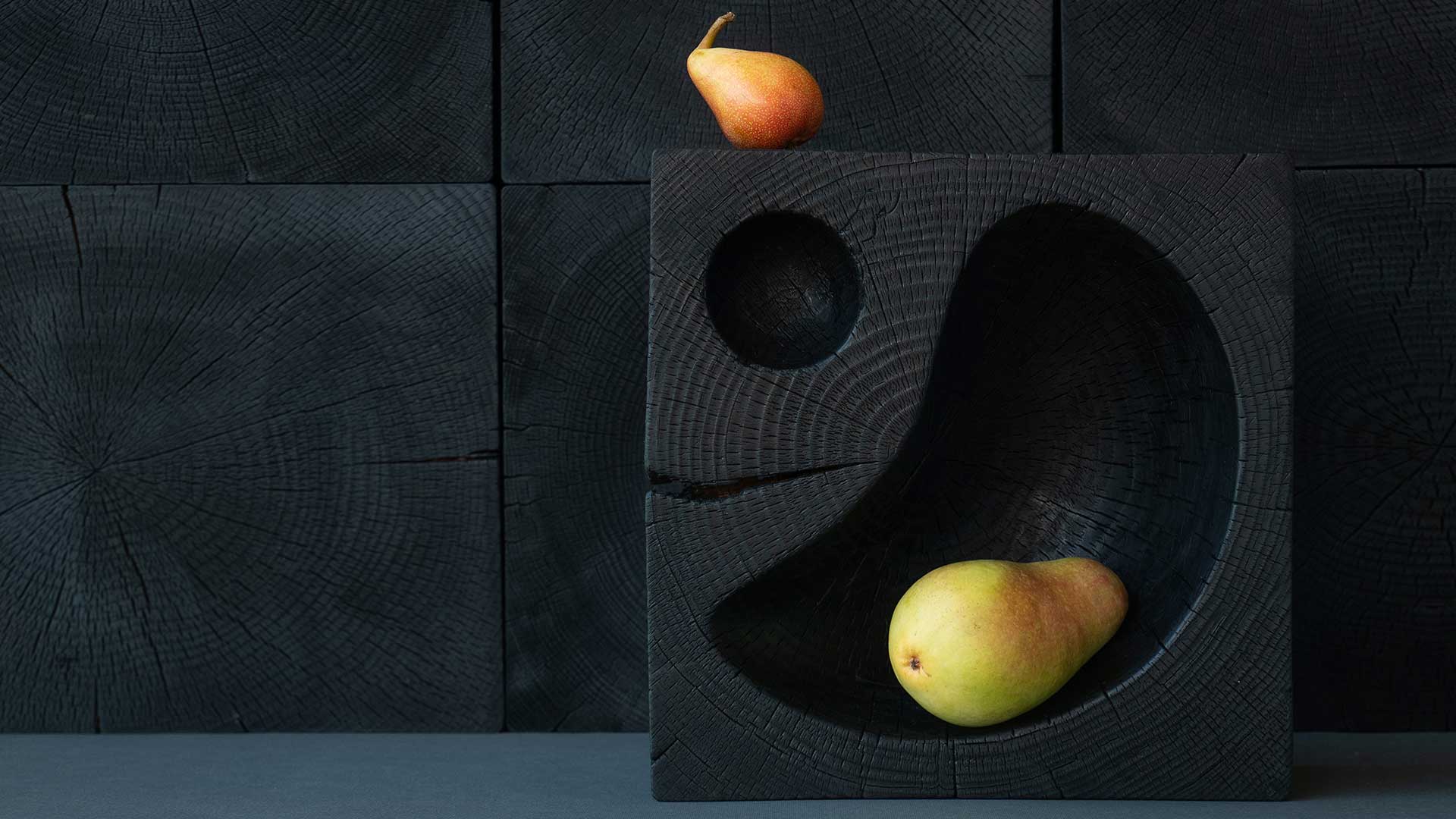
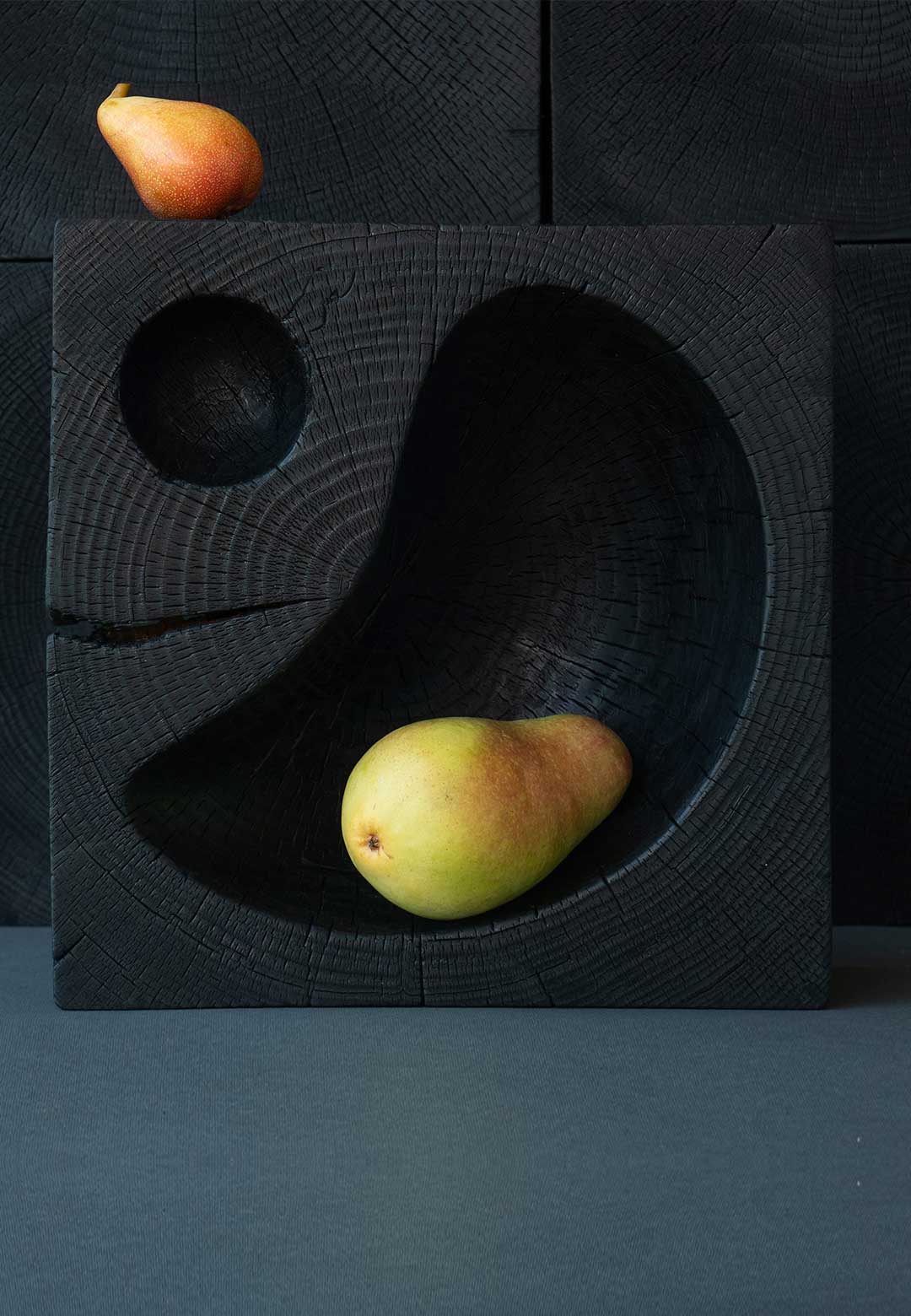
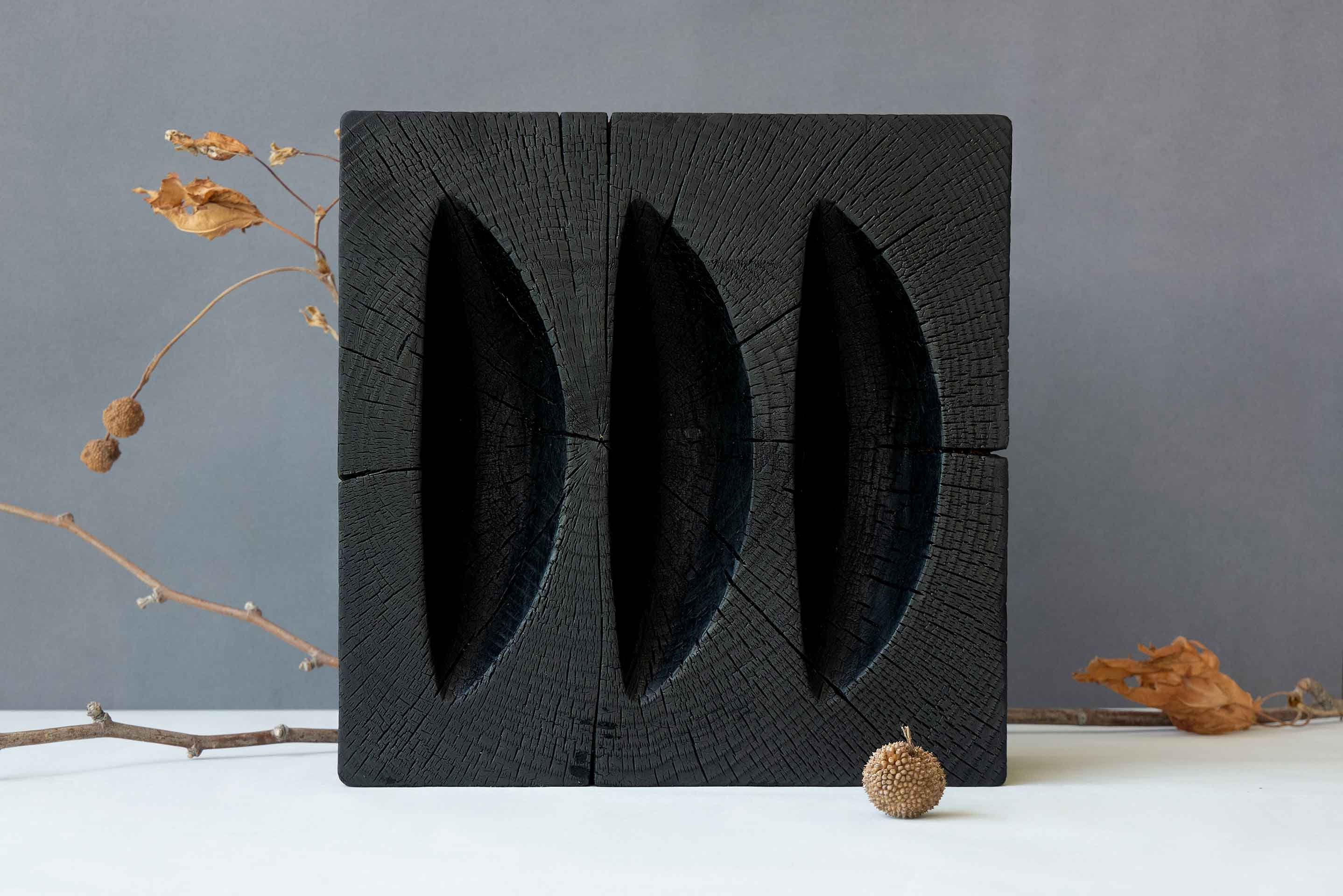
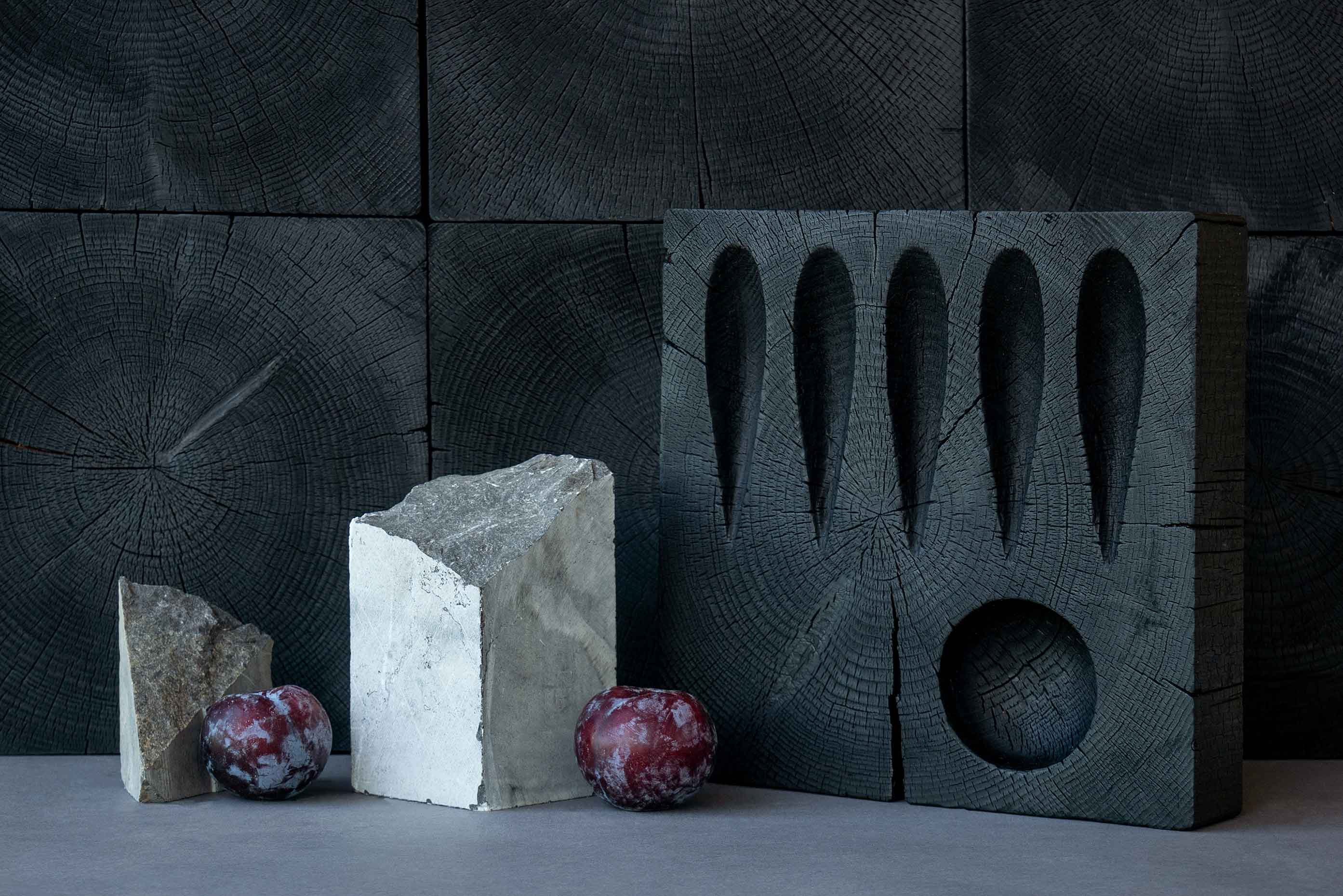
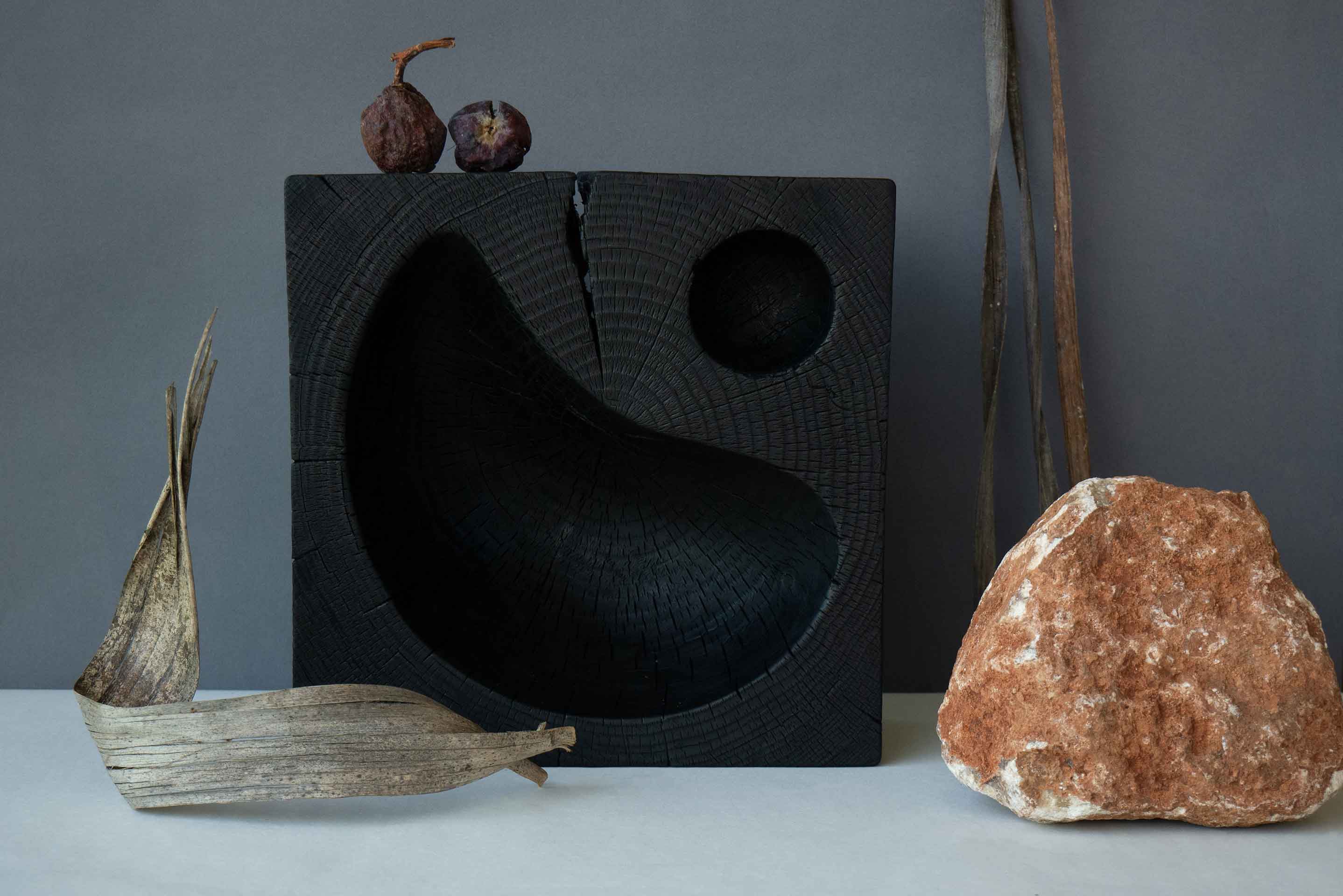
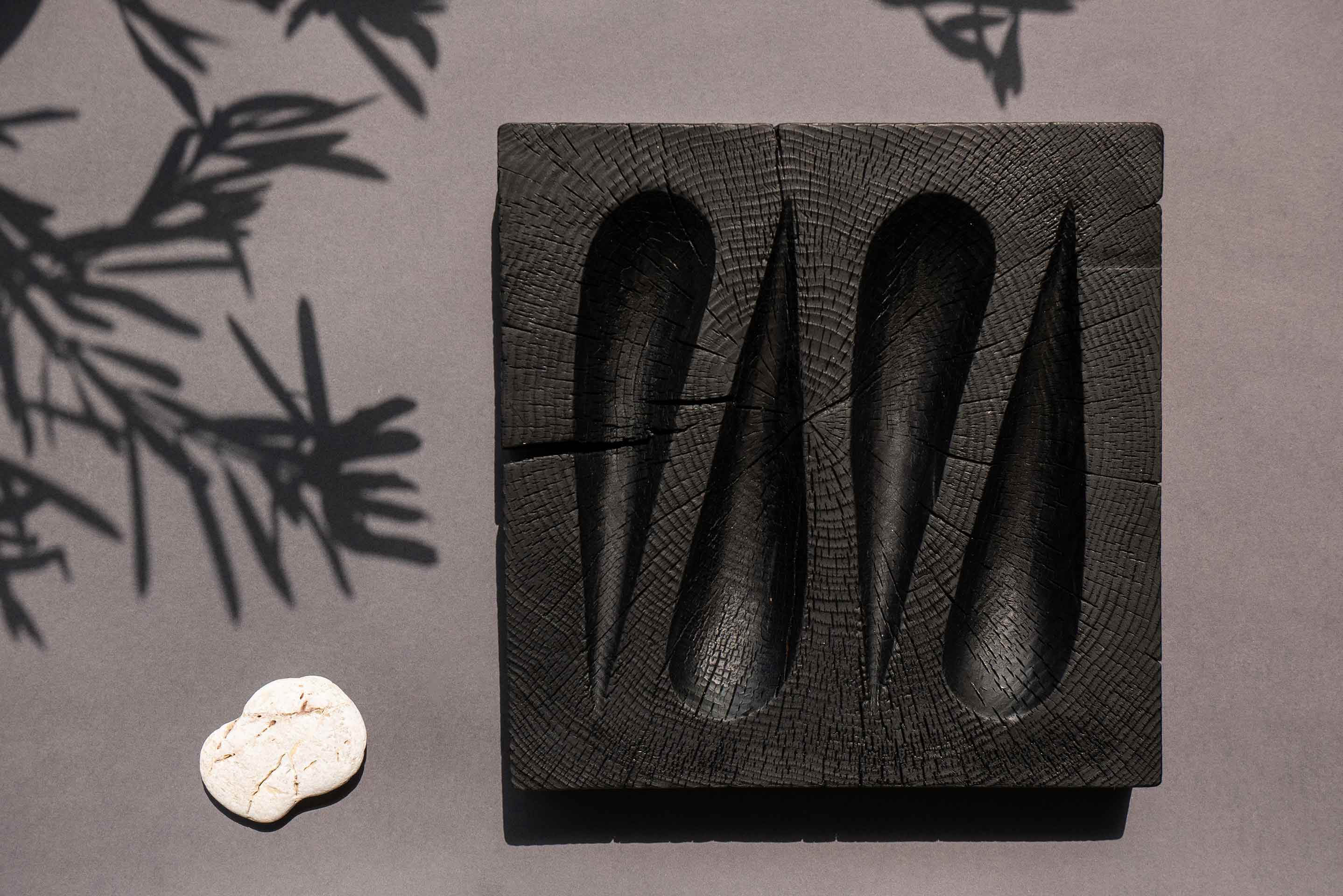
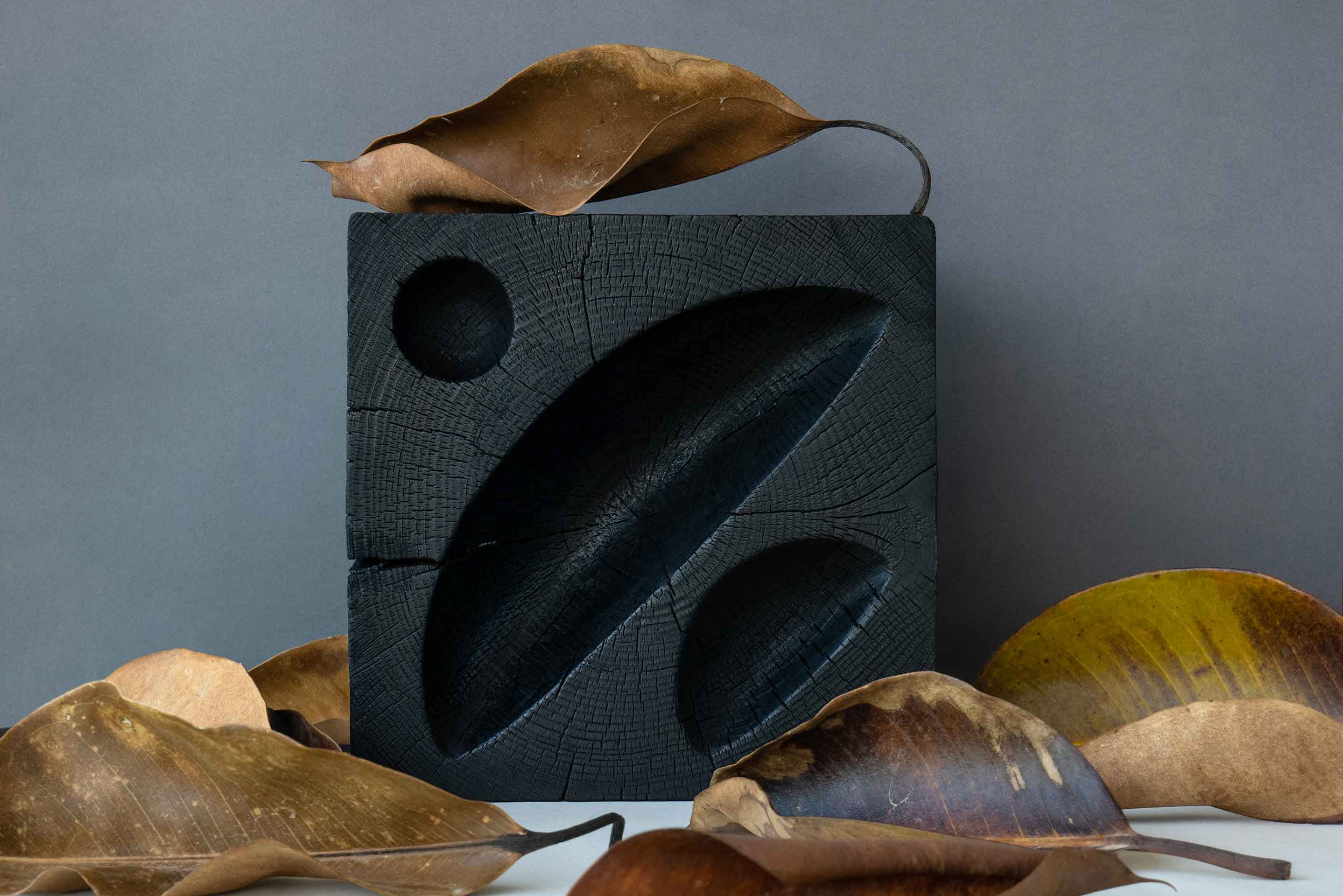
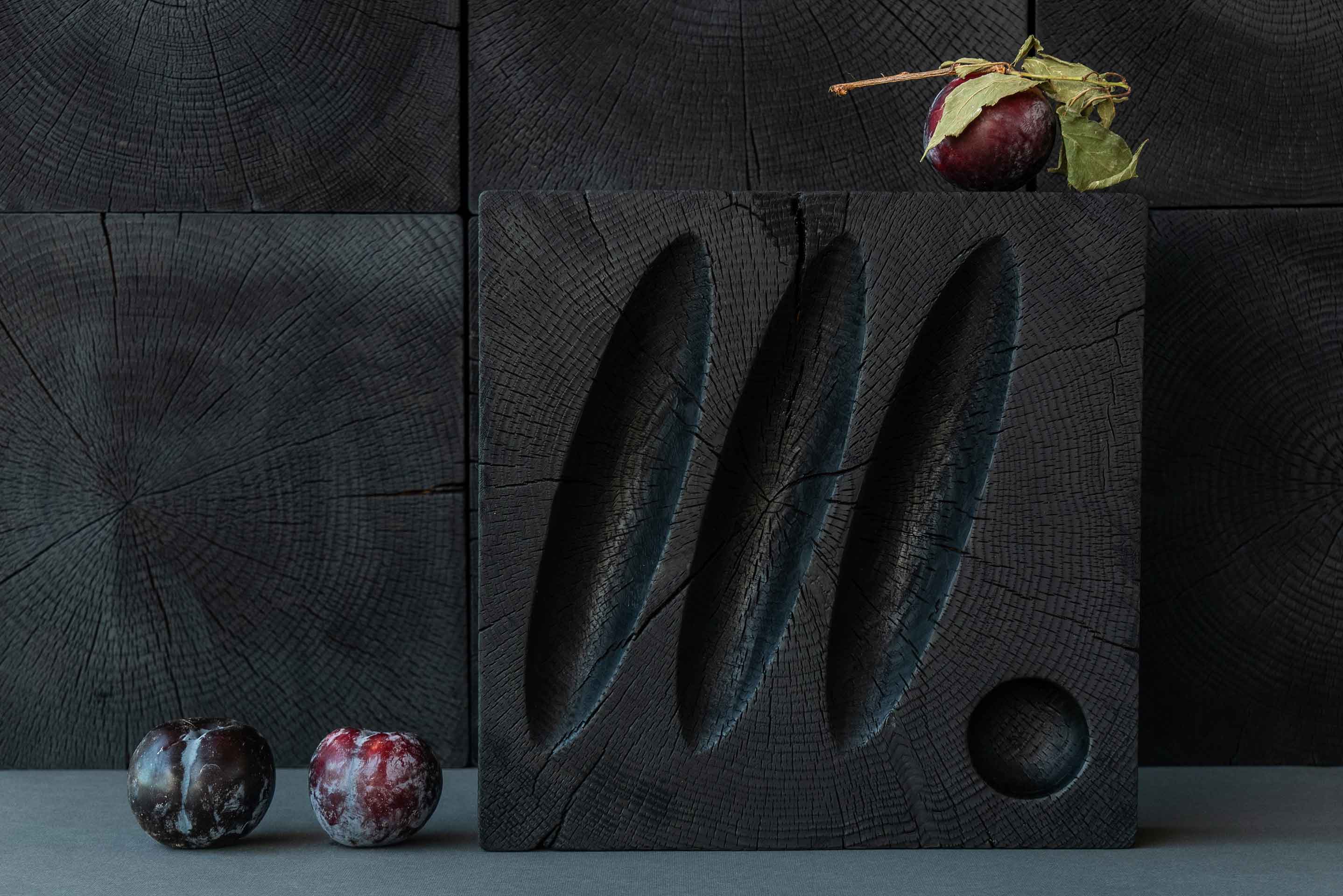
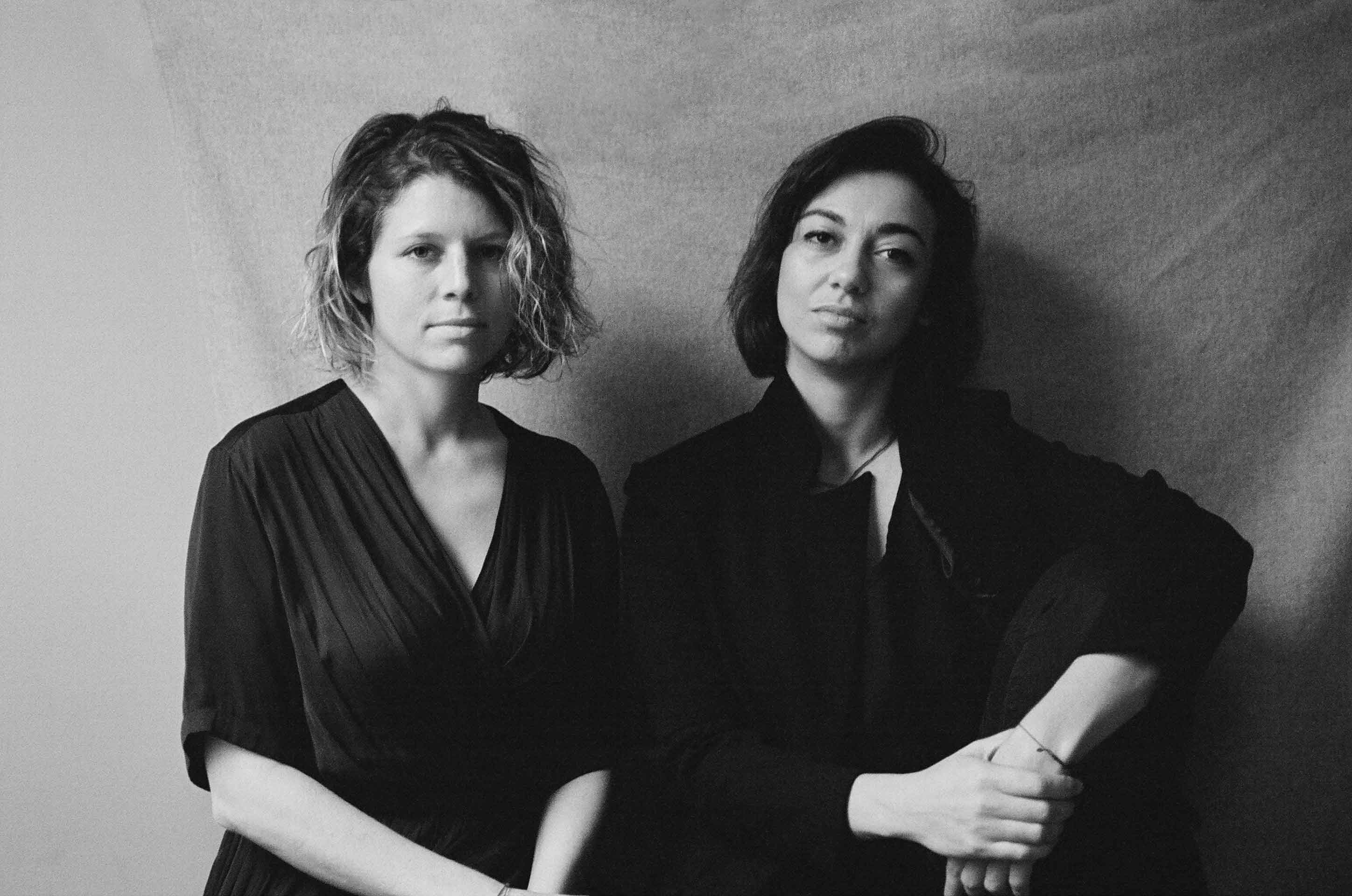
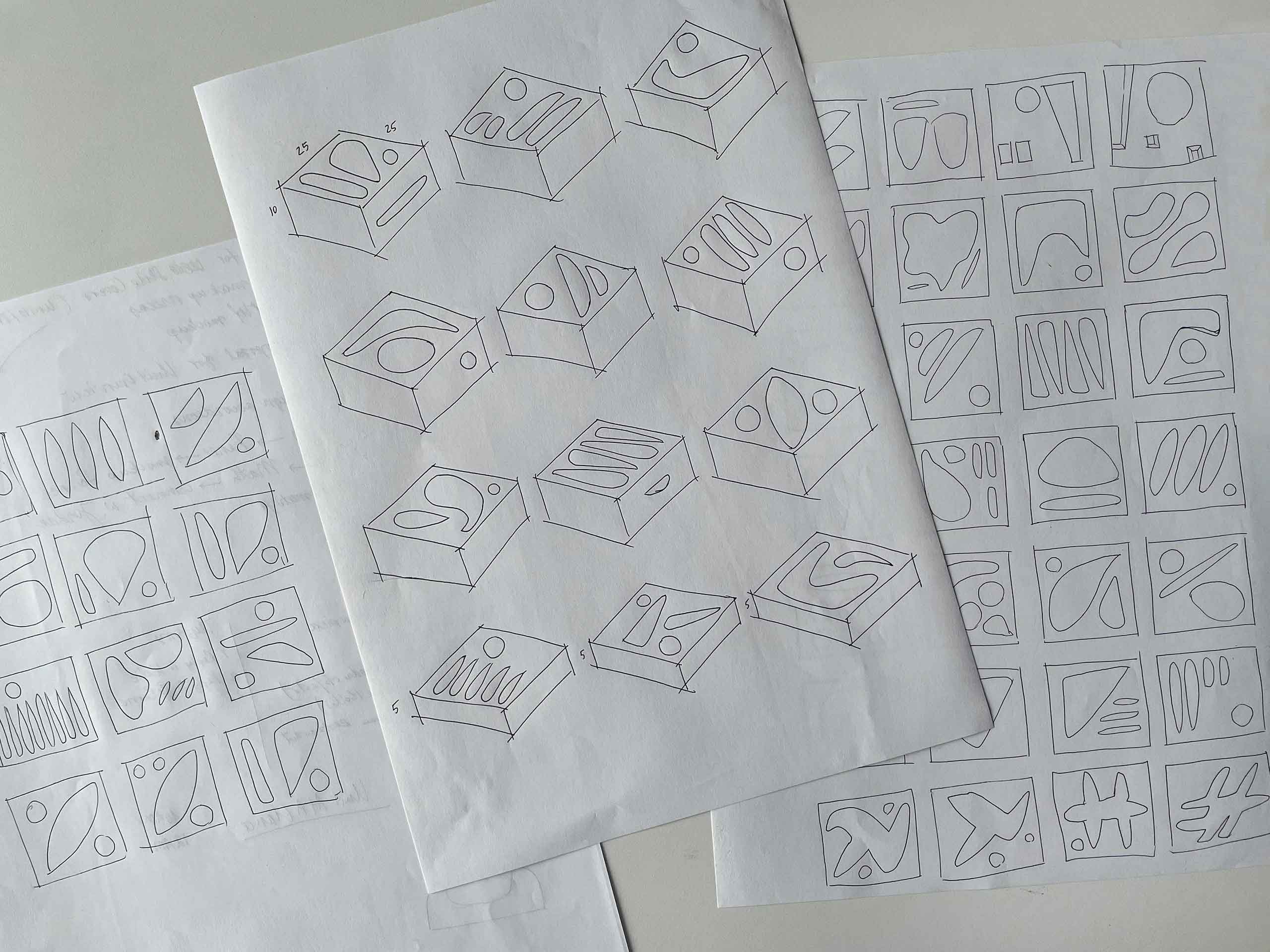






What do you think?